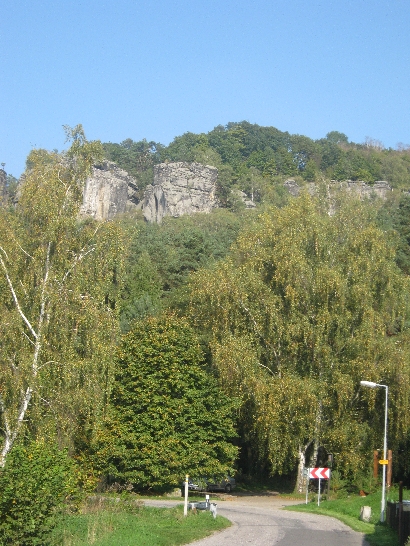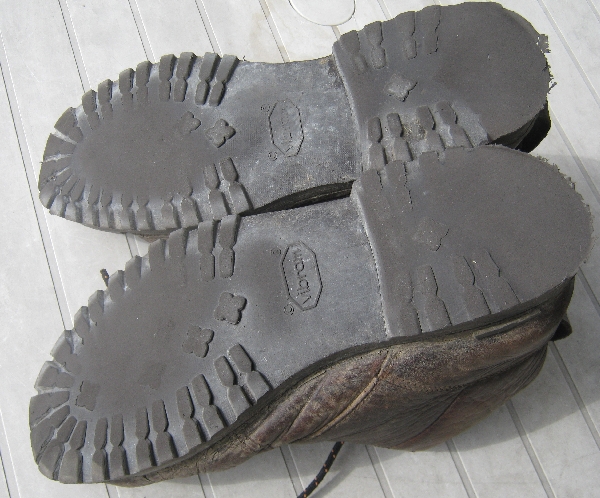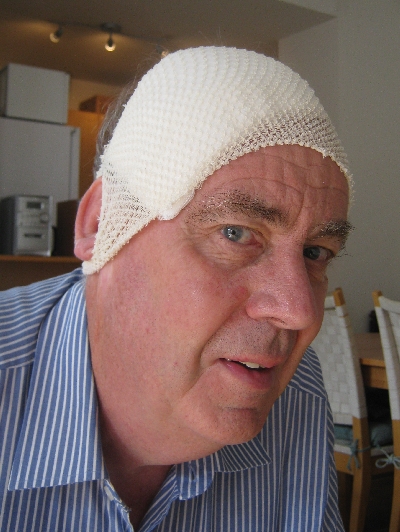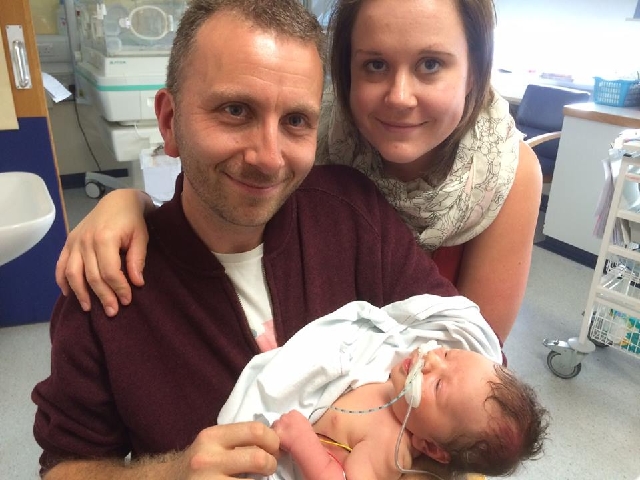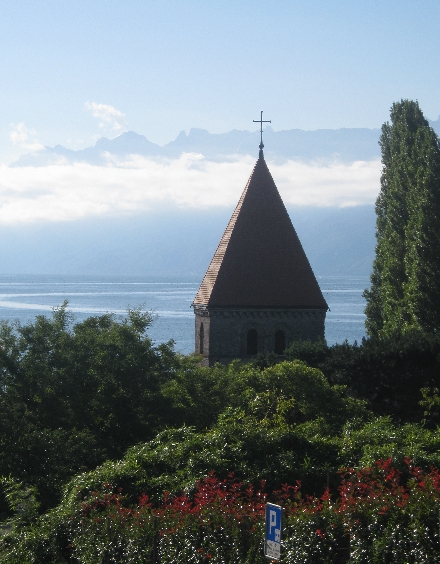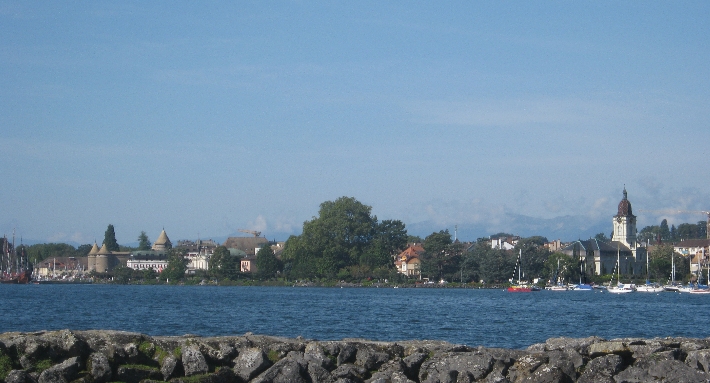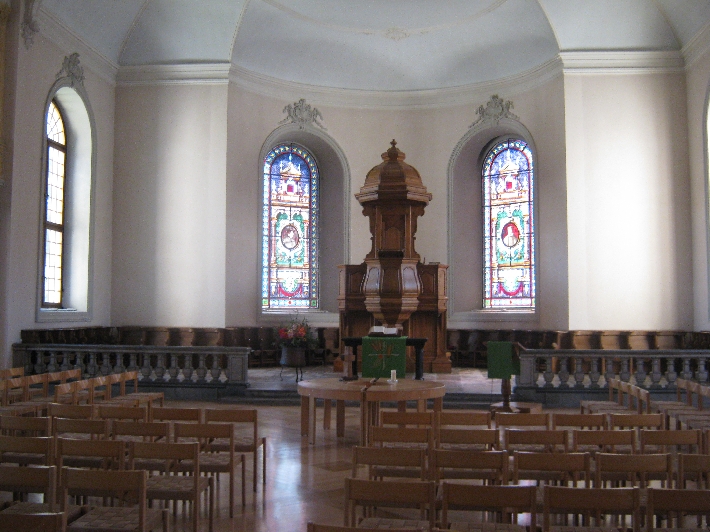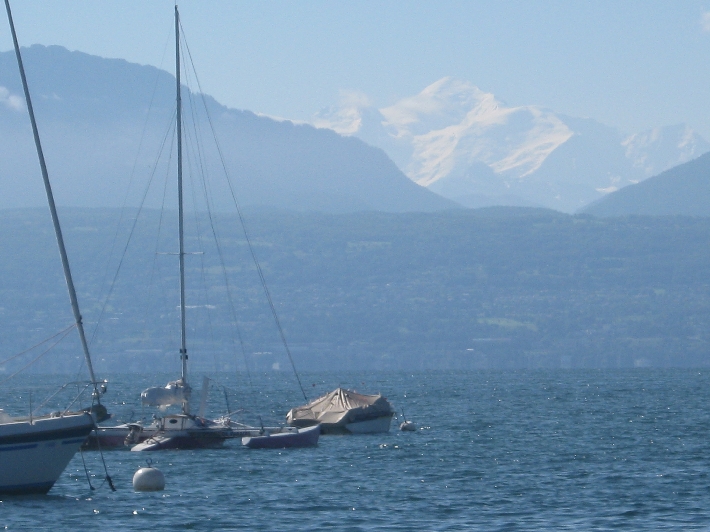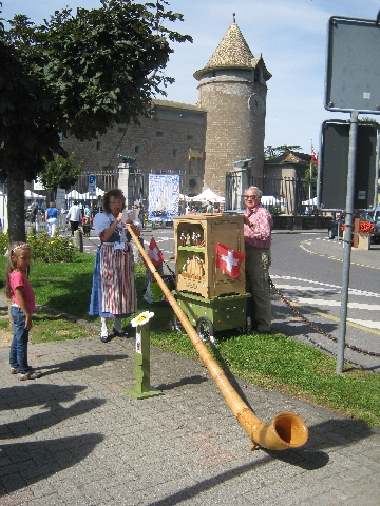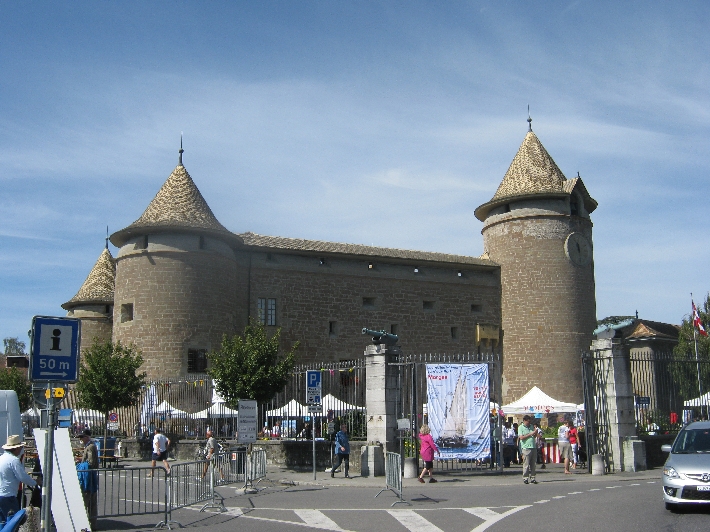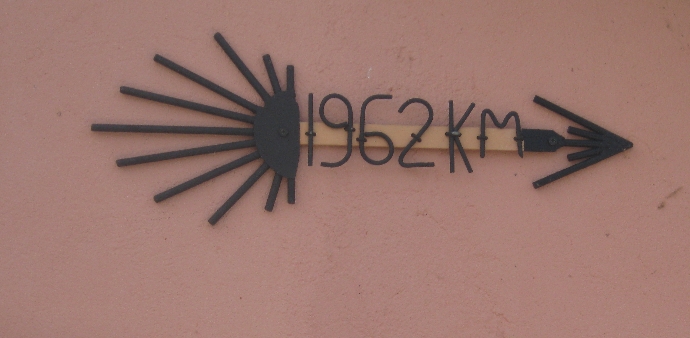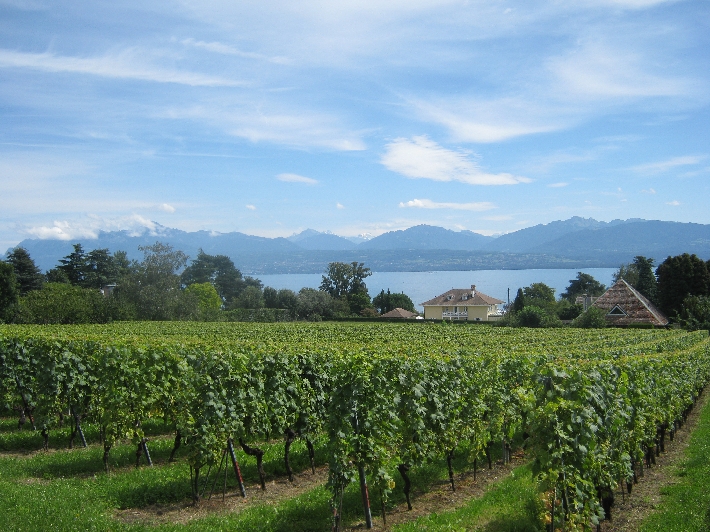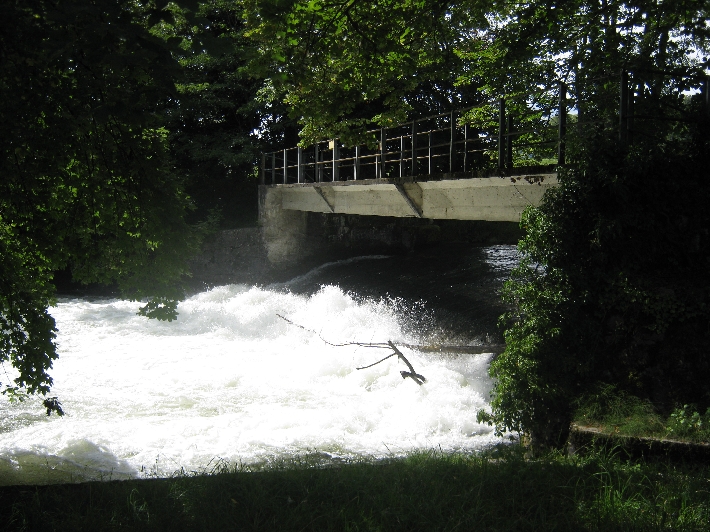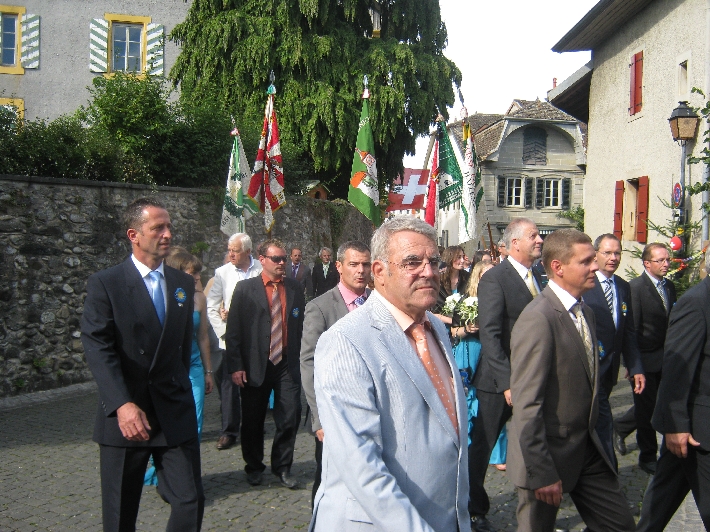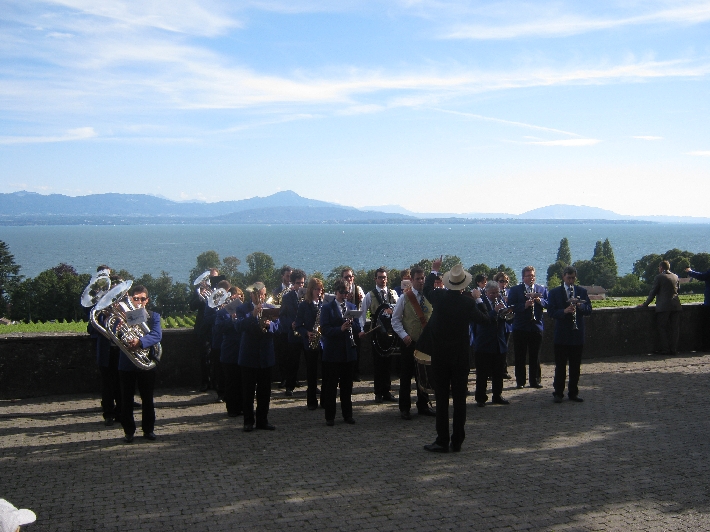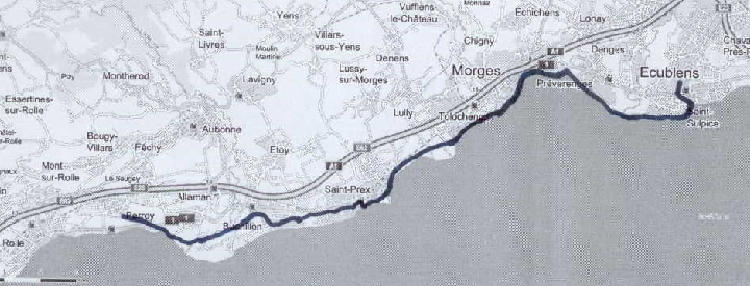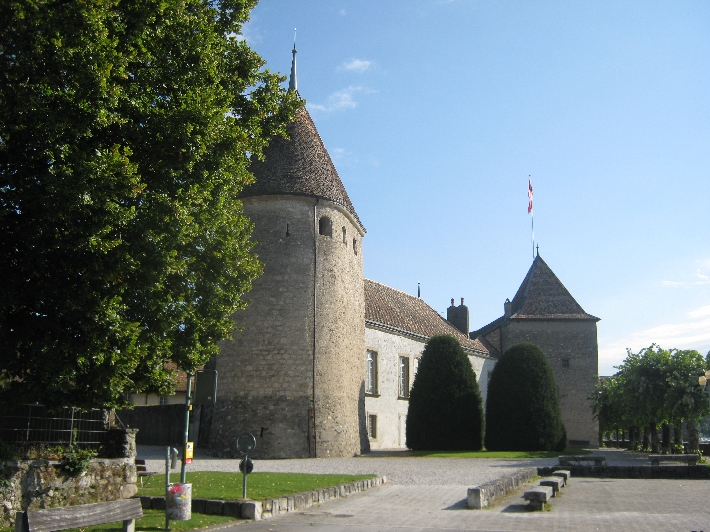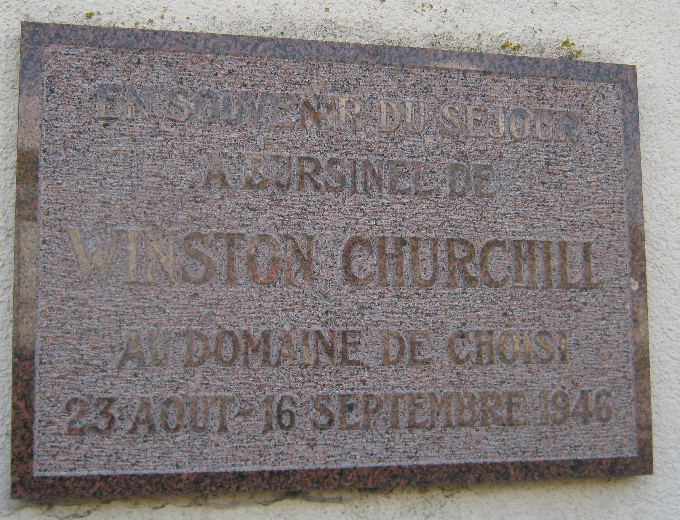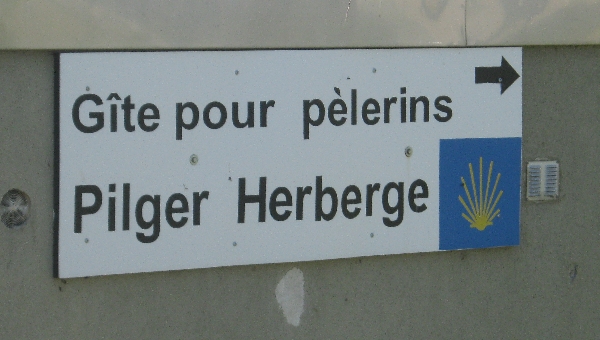On Sunday 17th January 2016, I conducted worship in two different countries, something I shall now be doing quite regularly in 2016 on the third Sunday of each month. At 11.00, I celebrated the Eucharist and preached at St Clement’s Anglican Church in Prague. Then at 18.00, I led a service of Evening Prayer in the Frauenkirche, Dresden.

Over the weekend, we had a further serious snowfall, so this was the scene that greeted me as I arrived outside St. Clement’s, waiting for our host Czech Protestant congregation to finish their service. It was still snowing when I took the photograph.
From the second week in January, through to around the second or third week of March, Prague enters what I always refer to as the ‘non-tourist season’. It is the time when you can walk around some of the popular historic sights in Prague, without being run over by hordes of visiting tourists. However, tourists are a great boon to us as a Church as, on most Sundays, the congregation is boosted numerically by visitors. Some of them also contribute quite generously to the collection. But for the second Sunday running, we had no visitors at all in the congregation – I knew everybody by name. Clearly we are in the ‘non-tourist season’!
We were therefore, a slightly smaller congregation than usual, with the weather and winter ailments, preventing some people from attending. But nearly all those who did come were very un-Anglican – they sat together in the front pews! Being regulars, they knew where the limited under-pew heating is most effective 🙂
After warming up at Coffee Hour and enjoying post-service refreshments in the hall across the street in Klimentska 18, I then headed off on a short three-stop tram journey to Praha hlavní nádraží (Praha hl.n.) – Prague main railway station, in the company of my friend and ministerial colleague, Rev’d Dr Karen Moritz. I had invited Karen to be the preacher at the January English-language Anglican Evening Prayer service in the Frauenkirche, in advance of her leaving Prague in the next few months.
Upon arrival at Praha hl.n., I immediately checked the departures board, to see whether the platform number for our train to Dresden Haupbahnhof (Dresden Hbf), was displayed. Unfortunately there was no platform number but instead, a note that departure would be delayed by thirty minutes. The train was coming from Budapest and presumably had experienced problems with the adverse weather conditions en-route.
Sitting on the station concourse, constantly scanning the departures board, I increasingly began to panic that we wouldn’t make it to the Frauenkirche on time. Finally, we were summoned to platform six, and the train that was meant to set out at 14.27, departed just after 15.00. Fortunately, there were no further delays between Praha hl.n. and Dresden Hbf. Instead, we actually made up nearly ten minutes of the delay. Following a three-stop tram journey and then a five minute walk, we safely arrived at the Frauenkirche, just after 17.30.
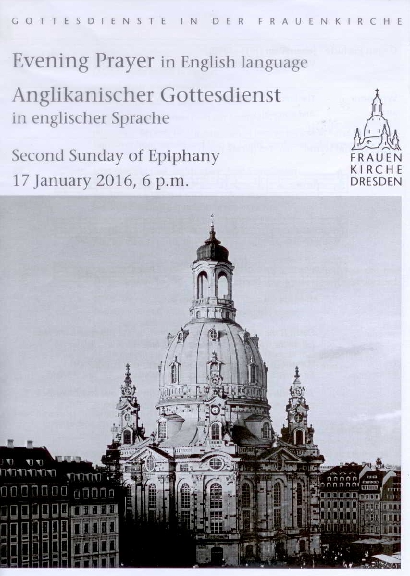
I knew from reading the Frauenkirche website, that between Monday 11th – Saturday 16 January, the Church had been completely shut down, to allow a variety of repair and maintenance tasks to be carried out, as well as a very thorough cleaning of the interior. Apparently, this happens every year, during a quiet week in January. Having been admitted by the verger, I immediately smelt the wood stain with which the wooden floor under pews, had been treated. Sitting on the dais for the service, I noticed how bright and sparkling the rededos was, behind the altar 🙂
I had been told back in July, that numbers attending the Anglican service in winter, could be quite low, around 35-40, for exactly the same reason as in Prague – it being the ‘non-tourist season’! But when I did a rough head count, during a musical interlude within the service, I arrived at a total of just over sixty. They looked somewhat scattered, but then the main body of the Church will seat in excess of three hundred people. It made me realise that my figure of around one hundred attending the service last September, may well have been an underestimate.

I have to say that I felt a lot less nervous leading the service last Sunday evening, than I did on my first outing last September. I really felt I had begun to build a bit of a rapport with some of the regular attendees. It was also a pleasure to hear Karen preach as she spoke about ‘The Foolishness of the Cross’, based on the Biblical text from 1 Corinthians 1. 18-31. We posed for this picture, under the pulpit, following the end of the service.
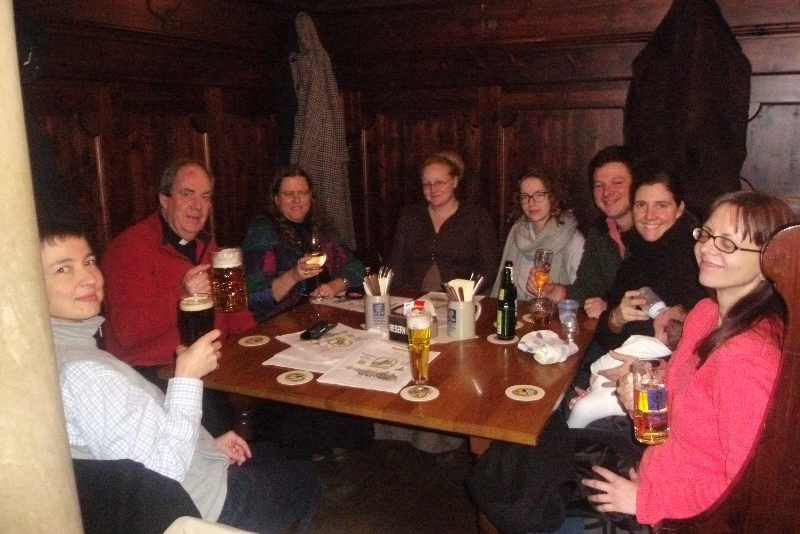
After getting dis-robed, Karen and I accepted an invitation to join a few of the congregation for a drink in a nearby Bierstube, the Augustiner an der Frauenkirche I ordered ein großes Bier, assuming I would get a 0.5l glass, in contrast to ein kleines Bier, a 0.3l glass. Much to everyone’s amusement, what arrived was ein sehr großes Bier, a one litre glass 😀 Evidence in this photograph.
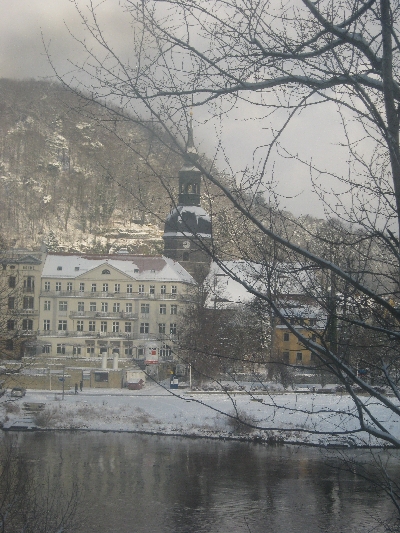
After staying overnight in Hotel Martha, I had hoped to get some photographs of snowy Dresden in daylight, especially as the sky cleared and the sun came out as we were finishing our breakfast. But catching the correct trams to get back to Dresden Hbf in time for our train back to Prague, took greater priority. However, we were treated to some spectacular views on our train journey home, which I was able to capture.
Soon after leaving Dresden, the railway line follows the valley of the River Elbe as it cuts through an area of sandstone mountains known as the Sächsische Schweiz – Saxon Switzerland. The mountains form the natural border between Germany and the Czech Republic. On the Czech side, the mountains are known as the Ceské Švýcarsko – Czech or Bohemian Switzerland. The name for the area was created by two Swiss artists, appointed to the Dresden Academy of Art in the second half of the eighteenth century. They believed the area to be very similar to their homeland in the Jura region of Switzerland.
Just after passing through the spa town of Bad Schandau, the train came to an unscheduled halt, which allowed me to get this photograph of the Lutheran Parish Church of St John, Bad Schandau.
When we did continue, once a long freight train had passed by in the other direction, we moved very slowly onto the other track, to pass a broken down freight train blocking our track. This is what enabled me to take the following three photographs. Whilst this caused us to be fifteen minutes late getting back to Prague, on this occasion, I wasn’t complaining 🙂
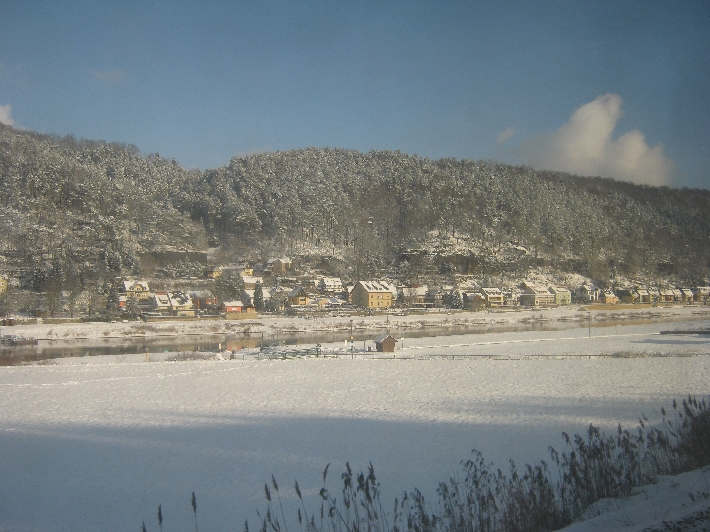
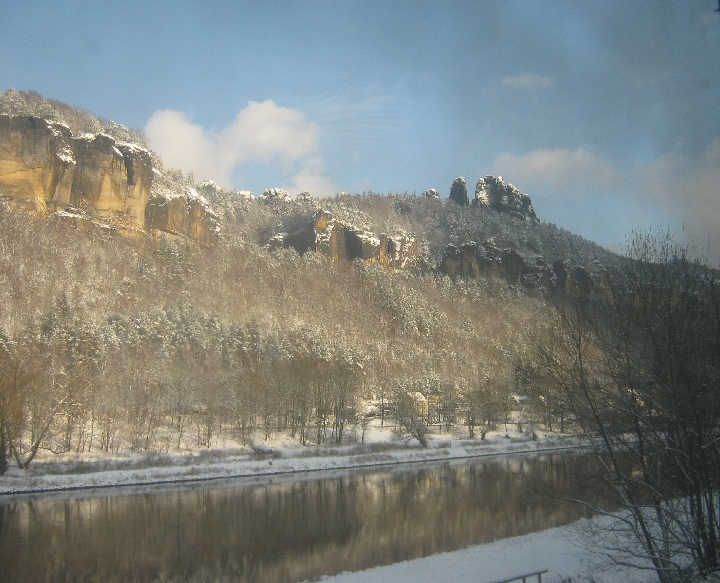
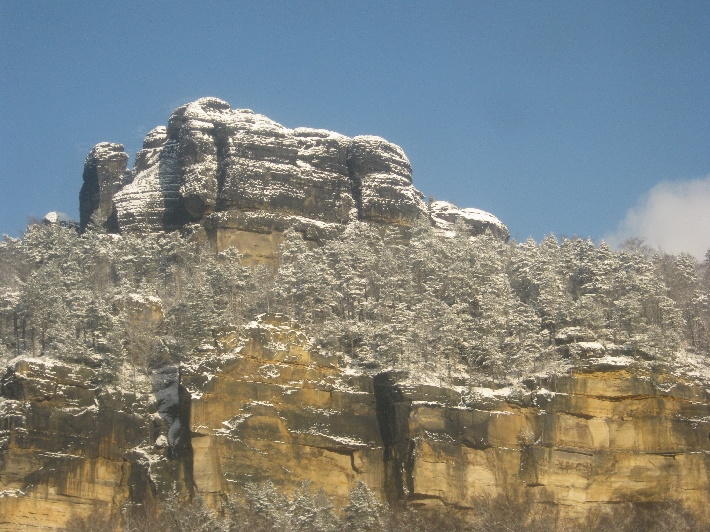
Seeing this area, covered with snow and glistening in sun, has made me add Sächsische Schweiz and Ceské Švýcarsko to my ever-lengthening bucket list of places I would like to visit and explore.

